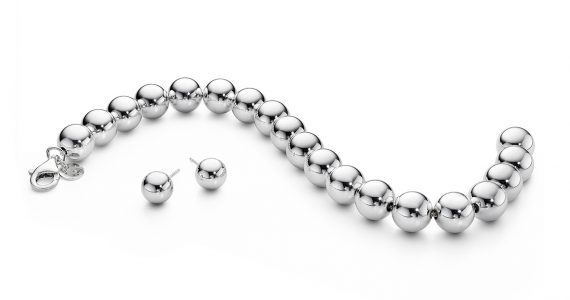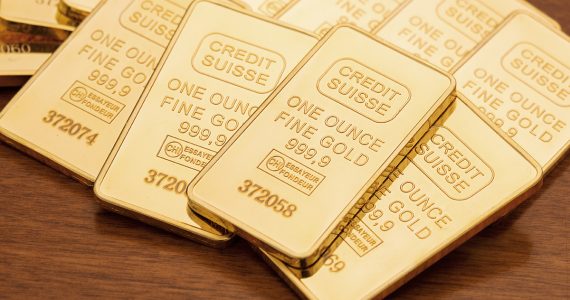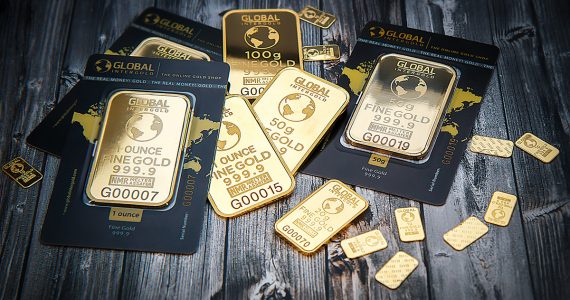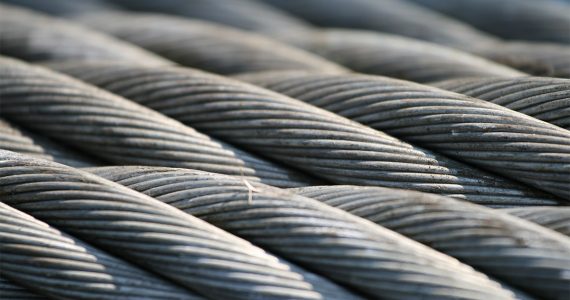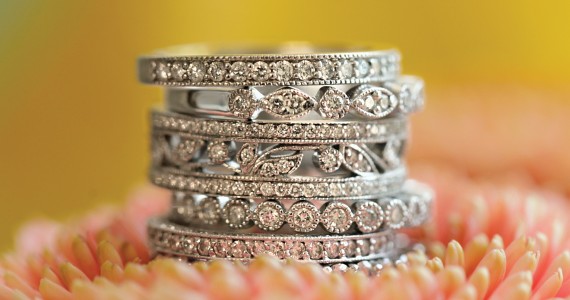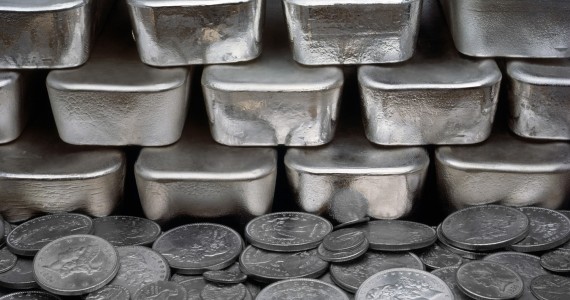Not a lot of people are familiar with iridium, but it’s one of the most widely used metals today. This chemical element is more corrosion resistant than any other metal, and it also happens to be one of the rarest. So rare in fact, that some scientists speculate that this chemical element originated from space.
But regardless where iridium originated there is no questioning its value. However it was not until the late 2000s that iridium took off and people started to take notice, and the metal has not looked back.
Iridium in LED
It was during 2009 that demand for iridium really started to go up, and from 2009 to 2010 the need doubled from 2 to 4 tons. The reason for the surge was the skyrocketing popularity of LED screens where this metal is used.
It was during the late 2000s that demand for smartphones, tablets and flatscreen TVs boomed, and what they all shared in common was the use of LED screens. By using iridium, manufacturers found it easier to create LED screens.
In the ensuing years, companies discovered other materials that could be used for making LED screens. This resulted in lowering of demand for iridium in the LED market, but the metal is still being used in other industries in the manufacture and processing of other products.
Other Uses of Iridium
There is a misconception that iridium is hard to use and that is not true. Yes, this metal is difficult to melt and form, but it can be used in various sectors and industries.
Corrosion Resistance
As mentioned earlier, iridium is resistant to corrosion, and that is what makes it ideal for ships, sea vessels and pipes. Those are usually made of titanium and iridium alloy which extends their lifespan and increases durability. The corrosion resistant nature of iridium also makes it a useful addition to components that require strength.
Generators
The iridium melting point is 2000 C, and this makes it suitable for heat producing generators. In fact iridium was utilized in encapsulating fuel in the Pioneer, Galileo, Voyager and Viking spacecraft.
Other Industrial Applications
Iridium not only has high melting and boiling points, but at room temperature iridium is solid. At its purest level the metal is brittle, but you can combine it with other metals and enhance its strength.
Unlike gold, iridium isn’t reactive so it works well with other components. And it is these properties that allow manufacturers to use iridium in various applications.
Iridium may be combined with platinum to give it extra hardness. The hardened metal can then be used in heavy duty applications, and its resistance to heat means it can be utilized as a crucible to hold objects where materials can be melted at high temperatures. Iridium based crucibles are often used to mold or strengthen metals with heat.
Application of Corrosion Resistant Materials
When iridium is mixed with other metals the alloy becomes more durable and less vulnerable to damage. This versatility made iridium ideal for compass bearings and fountain pens. The non-reactive nature of iridium means it is compatible with spark plug electrical contacts.
While there are different types of spark plugs they usually work the same way. Whether it is for a car, airplane or rocket, iridium plays an important role in making the vehicle function.
Iridium is also used in X-ray telescopes, with the Chandra X-ray telescope having an iridium coating. Prior to using iridium, other metals were tried such as gold, platinum and nickel, but iridium proved to be the most effective.
History
Iridium was uncovered by the British chemist Smithson Tennant, and since then scientists have learned that iridium can be seen in rocks dating back 65 million years. Further research also revealed that iridium is more common in meteors, which is why some researchers believe that it originated in space.
Because iridium is common in meteors and has been detected as far back as 65 million years, some researchers believe that an asteroid filled with iridium crashed into the Earth and wiped out the dinosaurs.
Properties
As a chemical element, iridium is noted for its silver white color, hardness and brittleness. With an atomic number of 77, iridium is second only to osmium when it comes to density. Aside from density, iridium is very resistant to corrosive substances, molten metals, oxides and acids.
Iridium may be susceptible to sodium cyanide, halogen and potassium cyanide but only at high temperatures. Iridium looks a bit like platinum but is more yellowish. It is harder than platinum, and its unique properties make it difficult to reproduce.
Conclusion
Iridium may not be the best known metal, but it’s definitely one of the most practical. Even if you haven’t heard of it chances are you’re using it. This only goes to show how versatile this metal really is.


